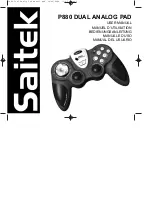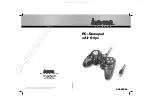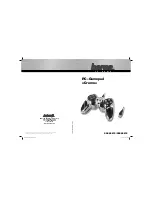
93
SC-F70
SC-F70
PID Operation Operating Instructions
Analysis
Controller Symptom
Action
Separate the input signal cables
from power cables or load cables.
Move the noise source away from
the controller.
Set the correct PID constant or
execute Auto-tuning.
See page 40, "Procedure-2 Setting
the PID Constants with Auto-
Tuning", or page 103, "PID
Constants Manual Tuning
Method".
Separate the two minus side (and
two plus side) wires.
Set the PID constant manually.
Refer to page 103 "8. PID
Constants Mannal Tuning
Method".
Set the PID constant manually.
Refer to page 103 "8. PID
Constants Mannal Tuning
Method".
Set the output change rate limiter
to 0.0 (only if the output change
rate limiter may be changed).
Refer to PG03 on page 71.
Set the output upper or lower
limiter appropriately when they
can be changed, by referring to the
area setting items on page 48.
Control is abnormal.
Even when Auto-
tuning has been
performed, the ideal
PID constant is not
obtained.
The control output
does not go above or
below a certain value.
Check that input signal
cables and the controller
power cable or load cables
are separated.
Check that there is no noise
source near the controller.
Inappropriate PID constant.
Check whether the two
minus side (or two plus side)
wires of the heating control
output and the cooling
control output are both
connected to the actuator, in
the heating, cooling PID
operation.
The characteristics of the
equipment being controlled
are not suited to the Auto-
tuning process.
An output change rate limiter
has been set.
Check that an upper and
lower output limiter have
been set correctly.
















































